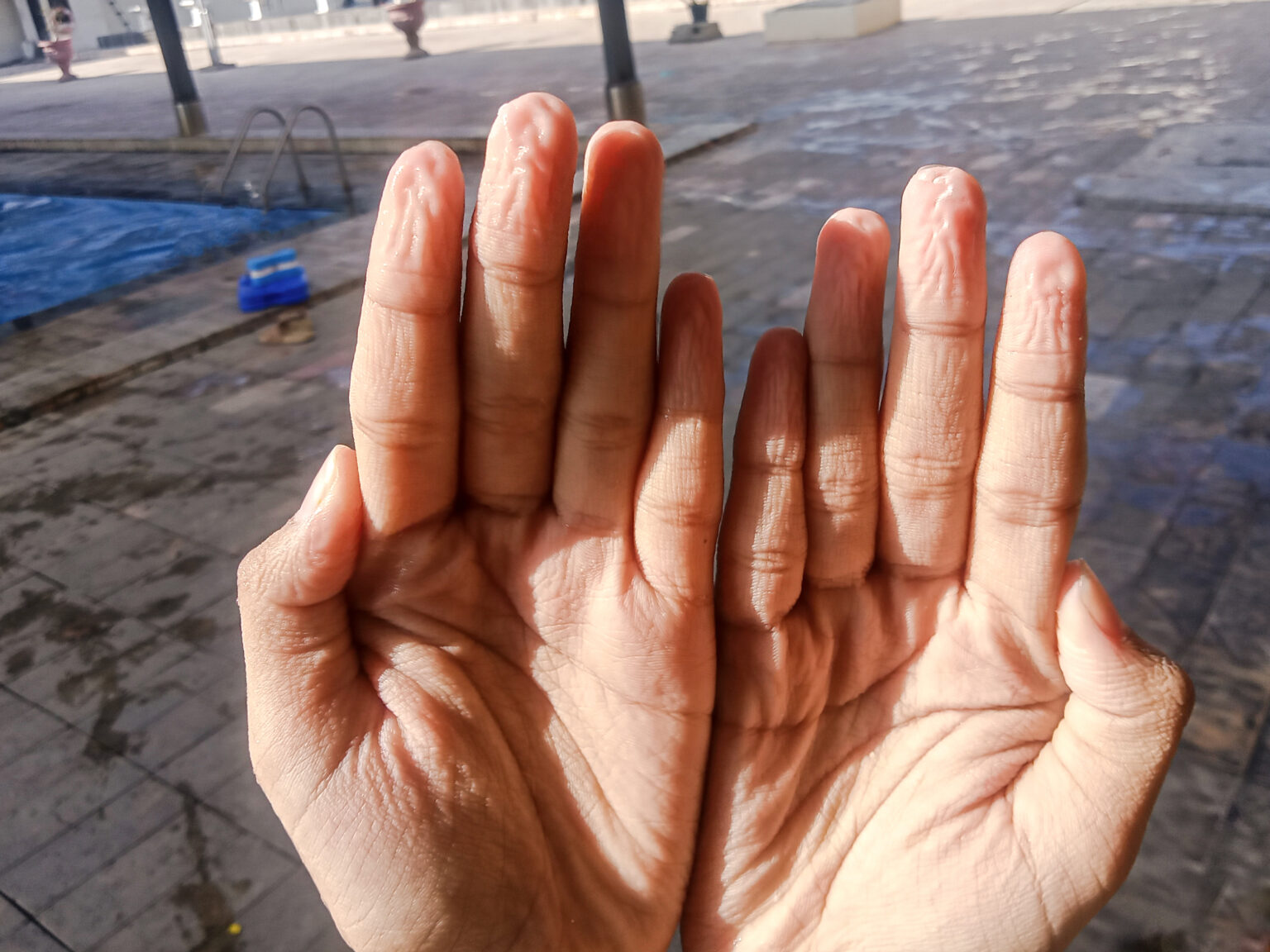Every day, we experience things that might seem ordinary but have fascinating science behind them. From the way the sky turns colors to why we get brain freezes, science has some pretty cool answers. Here are ten everyday phenomena explained in simple terms that will make you look at the world a little differently.
Why the Sky is Blue
The sky is blue because of something called Rayleigh scattering. Sunlight hits the Earth’s atmosphere and scatters in all directions. Blue light has a shorter wavelength, so it gets scattered more than other colors, making the sky look blue during the day. And those sunsets? That’s when the sun’s light has to travel farther, scattering the reds and oranges.
How Ice Floats on Water
Ice is one of the few solids that float in its liquid form. This happens because water molecules spread out and form a lattice when they freeze, making ice less dense than water. This quirk of physics is also why lakes freeze from the top down, allowing fish and other aquatic life to survive in winter.
What Causes Brain Freeze
That sharp pain you feel when you eat ice cream too fast? That’s a brain freeze, and it happens when something cold touches the roof of your mouth. The cold causes blood vessels in the area to constrict and then rapidly expand, triggering pain signals in your brain. Pro tip: pressing your tongue to the roof of your mouth can help warm things up and stop the pain.
Why Your Stomach Growls
That rumbling sound from your stomach isn’t actually hunger—it’s your digestive system at work. When your stomach and intestines contract to move food, gas, and liquids around, they can create those growling noises. They’re just louder when your stomach is empty because there’s no food to muffle the sound.
Why We Yawn
Yawning isn’t just about being tired or bored—it’s also a way for your body to cool your brain. When you yawn, you take in a deep breath of air, which helps regulate your brain’s temperature. Scientists still don’t fully understand why yawns are contagious, but it might be a way for groups to sync their alertness levels.
How Static Electricity Happens
That shock you get when touching a doorknob on a dry day? That’s static electricity. It occurs when two surfaces rub together and transfer electrons, creating an imbalance of electrical charges. When you touch something conductive, like metal, the charges equalize in a tiny zap.
Why Your Fingers Wrinkle in Water
When you’ve been in the water too long, your fingers wrinkle—not because they’re absorbing water, but because your body is adapting. Wrinkled skin improves your grip on wet surfaces, which might have been handy for our ancestors when gathering food in streams or rivers.
Why Your Voice Sounds Weird in Recordings
When you hear your voice in a recording, it sounds different because you’re used to hearing it from inside your own head. Normally, you hear your voice through vibrations in your skull, which makes it sound deeper and richer. A recording removes that and only captures what everyone else hears.
Why We See Lightning Before Hearing Thunder
Lightning and thunder are part of the same event, but light travels faster than sound. That’s why you see lightning before you hear the rumble of thunder. You can even estimate how far a storm is by counting the seconds between the two—every five seconds equals about one mile.
How Mirrors Work
When you look in a mirror, you’re actually seeing light bouncing off its smooth surface. The mirror reflects light rays back at the same angle they hit it, creating the image you see. This is why mirrors look backward—because they’re flipping the light horizontally.
Science is all around us, turning the ordinary into something extraordinary. The next time you notice one of these everyday phenomena, you’ll know the cool science that makes it happen. Who said curiosity killed the cat? It just makes life more interesting!

